How to Install Windows 8 In Virtual Box
Windows 8 is out in the market starting from the end of October 2012. The new operating system changes the way Windows worked until today, with new features like touchscreen interface, (like tablets), cloud integration support, better multiple monitor support, etc. The first big change for Windows users in the new operating system is the absence of the familiar to all of us old Windows interface.
The new operating system, supports faster boot time, improved search function, dynamic desktop support and more.
If you want to test Windows 8, the latest Microsoft's operating system, and you want to test them without affecting your operating system, then read this tutorial for further instructions to do this.
Requirements:
1. System
a. Processor: 1 gigahertz (GHz) or faster with support for PAE, NX, and SSE2
b. RAM: 1 gigabyte (GB) (32-bit) or 2 GB (64-bit)
c. Hard disk space: 16 GB (32-bit) or 20 GB (64-bit)
d. Graphics card: Microsoft DirectX 9 graphics device with WDDM driver
2. Your processor must also support these security features:
a. Virtualization technology.
b. Date execution prevention (DEP):
These feature also called "No Execute (NX)" for AMD processors, and "Execute Disable (XD)" for Intel processors.
To check if your system’s processor supports the above security features:
Download and run "SecurAble" from here.
If Hardware virtualization technology and data execution prevention (DEP) are supported by your system, you should see the following window on your screen:
If the above features are not supported, you should see the following window:
In this case, you must check if Data Execution Prevention and virtualization technology (VT) features are supported and are already enabled in your BIOS.*
* Read this post to learn how to enable Data Execution Prevention and virtualization technology (VT) features.
3. The Oracle VirtualBox 4.2.6 (the latest release) for Windows hosts might already be installed on your computer. If not, then you can download and install it from here.
4. Get an official copy of Windows 8 ISO Image and the required product key. You can obtain them from here.
If you fulfill all of the above requirements, then proceed with the creation of a new virtual Machine inside the Virtual box.
How to Create a Virtual Box machine.
1. Launch Oracle VM Virtual Box and click "New".
2. In "Name and operating system" window, type the new machine name (e.g. Windows8_64), for machine type select "Microsoft Windows" and choose the version (e.g. Windows 8 (64 bit) if you have purchase the 64 bit version).
3. After you have done all your selections, click "Next >".
4. Specify the amount of memory to be allocated on the virtual machine and click "Next >"
( e.g.. 2048MB/2GB at least).
5. Then proceed to create a Virtual hard drive for your machine.
Select the "Create a virtual hard drive now" option and click on "Create".
6. For hard drive file type choose "VDI (Virtual Disk Image)" and click "Next >".
7. Select the storage type* you want and select "Next >"
Dynamically allocated means that storage size uses only the space needed from your physical drive and automatically grows up if your files grow.
Fixed size: means that the storage size is fixed and cannot grow up if you need more space in the future.
In this case, I have chosen "Fixed size" because I am doing this installation for demonstration purposes only.
8. Type the filename and file location for your new virtual hard drive (or you can leave the default values) and then specify the size of your virtual disk (e.g. 30GB) and click on "Create"
The Virtual Hard Drive creation process starts. Wait until it is completed and proceed to the next step.
9. In the Oracle’s VM VirtualBox Manager main window, select the newly created Virtual machine and select settings.
10. In the settings window select "System" on the left.
11. In system settings press the Processor tab and specify the number of processors allocated to the new virtual machine. (e.g. 2 or more) and check the box at the bottom to Enable PAE/NX feature.
12. While in Settings window, select "Storage" on the left.
13. Under Storage Tree press the add "+ " symbol to add a CD/DVD Device.
14. In "VirtualBox – Question" select "Choose disk" to mount the Windows 8 Setup ISO Image.
15. Find and select your downloaded ISO Image file of Windows 8 Installation and select"Open".
16. Choose "OK" to close the VirtualBox settings window.
17. Click on "Start" of VirtualBox Manager’s main window to start your Windows 8 installation.
Windows 8 Installation
How to install Windows 8:
1. At the first setup screen of Windows 8 make your preferred choices for Language to install, Time and currency and your keyboard input method and click "Next".
2. At the next screen choose "Install now".
3.. Type your licensed product key and click "Next".
4. Accept the license terms and click "Next".
5. Choose "Custom: Install Windows only (advanced)".
6. In the drive options choose the "Drive 0 Unallocated Space" and click "Next".
7. The setup process of Windows 8 is starting. Wait until it is completed.
8. After the setup process is completed, the virtual machine restarts, and prompts you to personalize your pc.
Choose your preferred color, give your pc a name and click "Next'".
9. In the settings customization window select "Use express settings".
10. In the "Sign in to your PC" screen, type if you like your Microsoft email address and then press "Next" or choose the "Sign in without a Microsoft account". *
* In this tutorial I have choose to sign in with a local account.
11. In the next screen click the "Local account" option.
12. Type your desired User name and password and click "Next".
13. Wait until Windows personalization is completed.
14. Microsoft’s latest operating system is now installed.
Now you can start exploring Windows 8 operating system, but if you want to take advantage of all its features (full screen, resolution, etc.) you must install VirtualBox Guest Additions.
VirtualBox Guest Additions installation
How to install VirtualBox Guest Additions:
1. To install "Guest Additions" on Windows 8 host, from Oracle’s VM VirtualBox main menu select
"Devices" > "Install Guest Additions"
If the setup program doesn’t start automatically, open Windows Explorer and run it manually.
2. To open Windows explorer on Windows 8, right-click in the screen’s bottom-left corner and from the pop-up menu choose "File Explorer".
3. When File explorer opens, you must see a CD Drive with VirtualBox Guest Additions on it. Double click to open it.
4. Choose the "VBoxWindowsAdditions" application.
5. Right click and from the pop-up menu, choose "Run as administrator".
6. At the warning (User Account Control) window select "Yes"
7. Select "Next" at the next screens:
8. Check the "Always trust software from "Oracle Corporation" and click "Install".
9. After setup is completed, choose "Finish" and reboot your computer.
Now you can enjoy all the new features of Windows 8!
We're hiring
We're looking for part-time or full-time technical writers to join our team! It's about a remote position that qualified tech writers from anywhere in the world can apply. Click here for more details.
- How to Disable Device Encryption in Windows 11. - April 17, 2024
- How to View Permissions on Shared Folders on Windows 10/11. - April 15, 2024
- FIX 0x80070643 error in KB5034441 update (Solved) - April 10, 2024


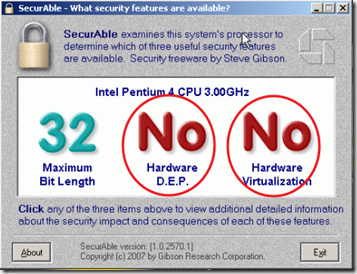

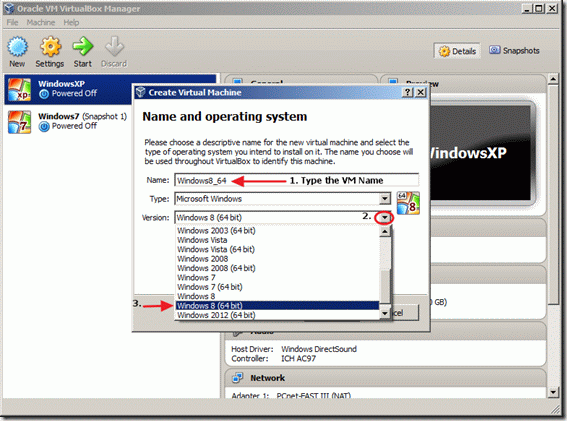
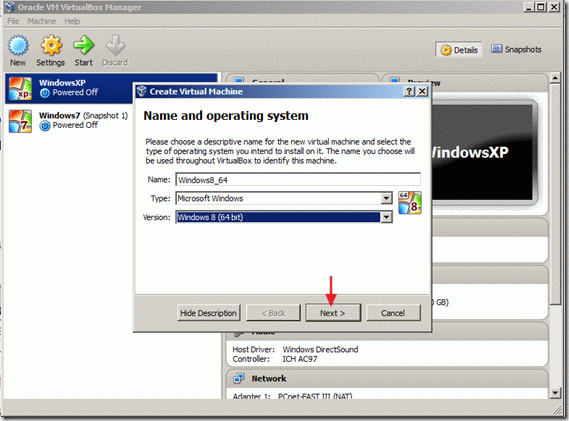
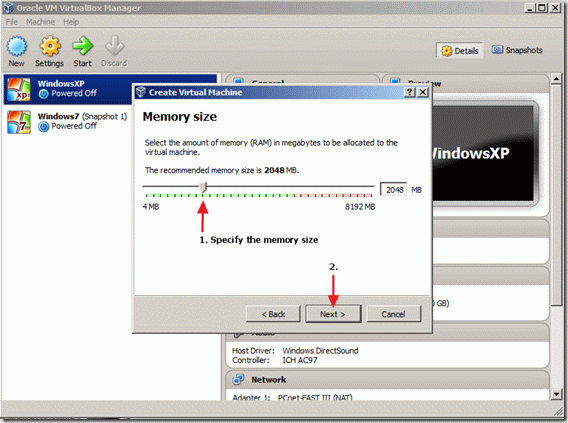
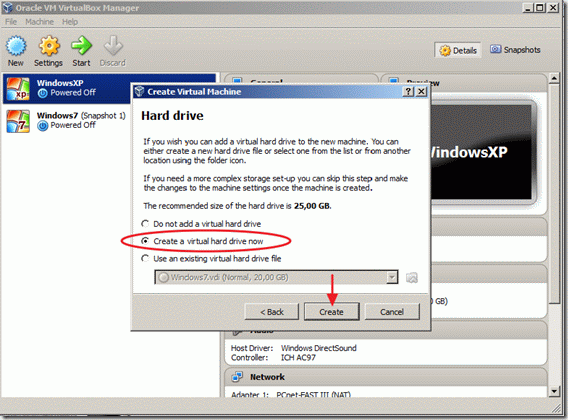
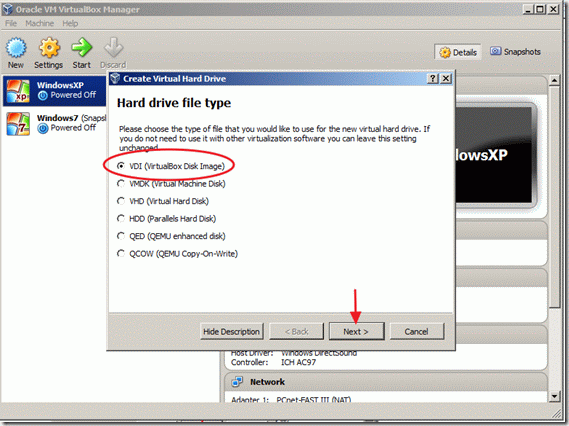
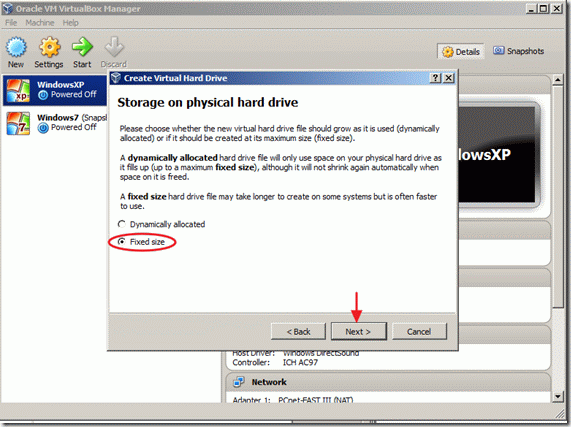
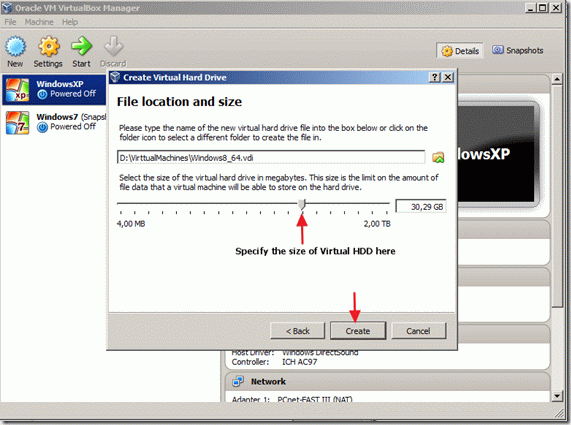




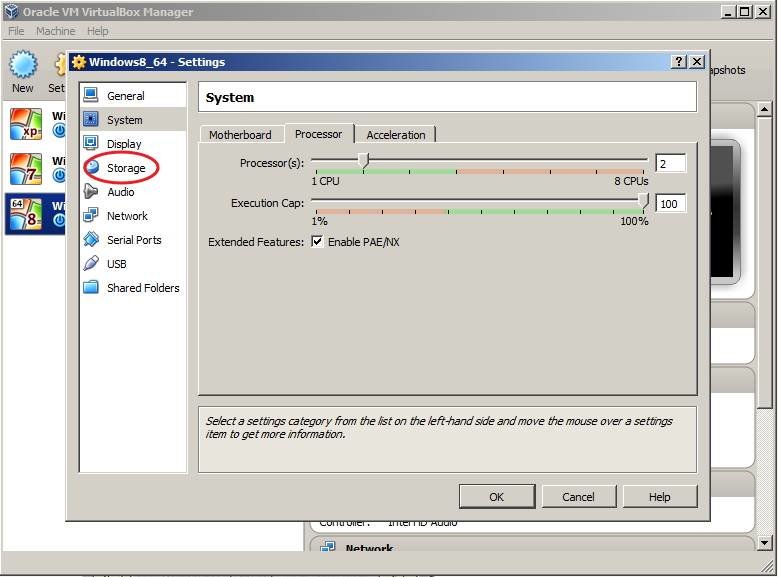
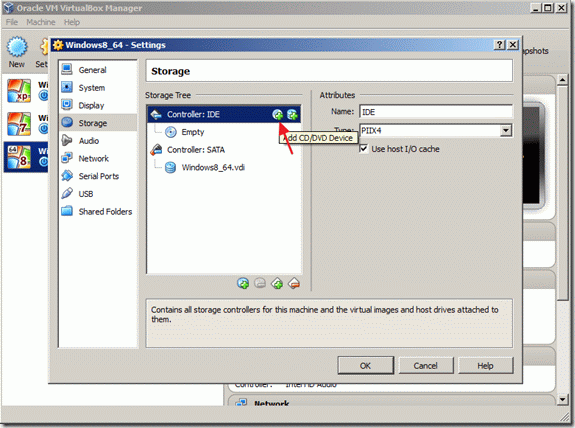
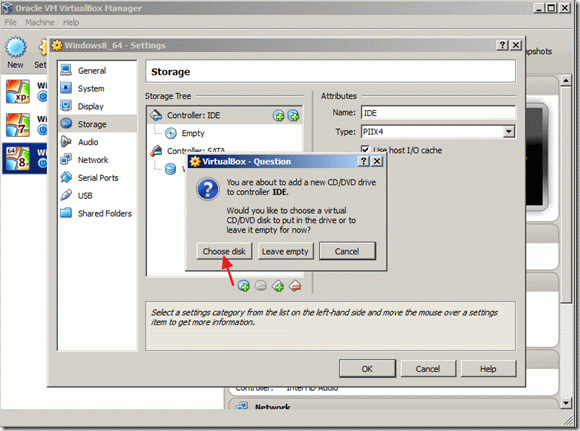

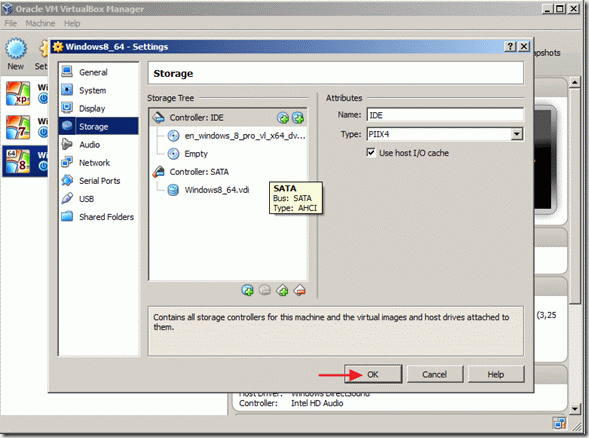
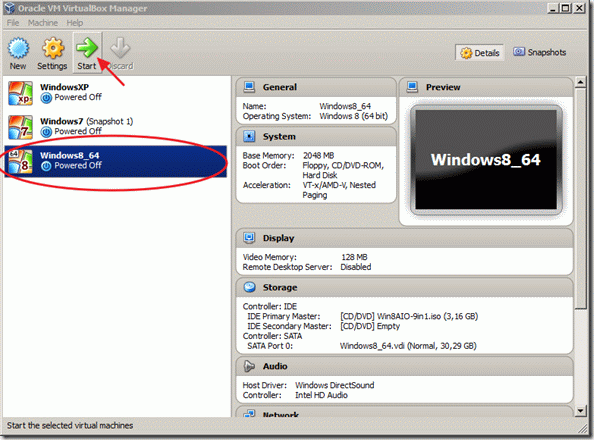
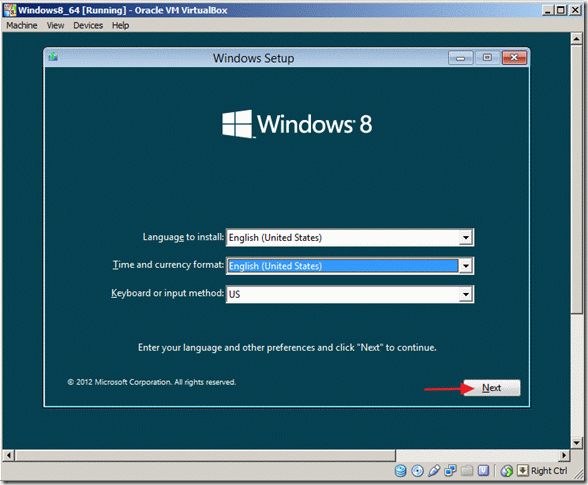
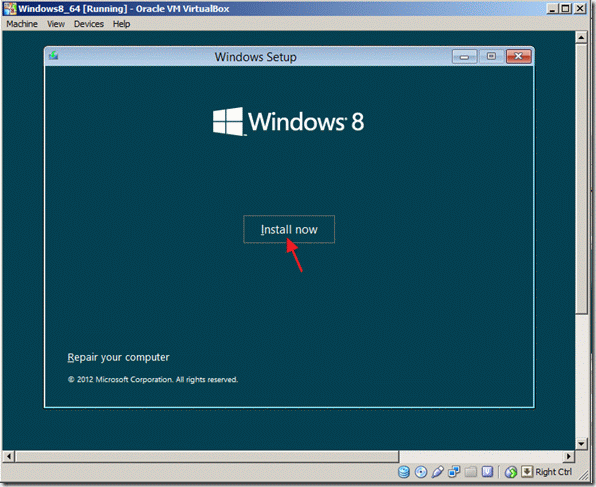
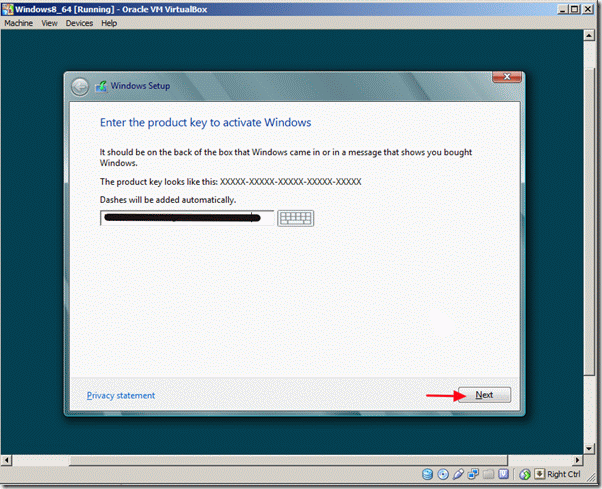
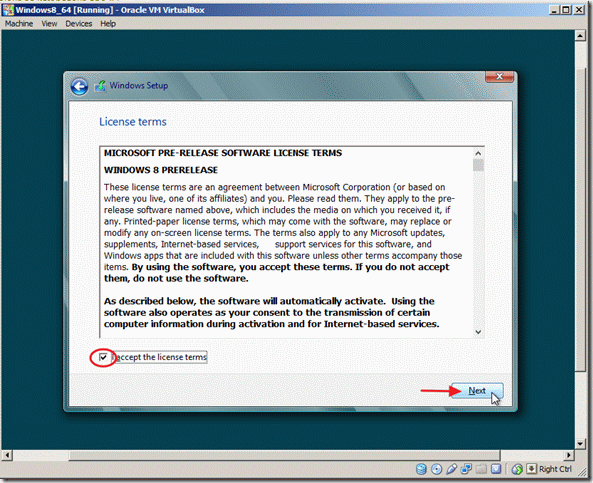
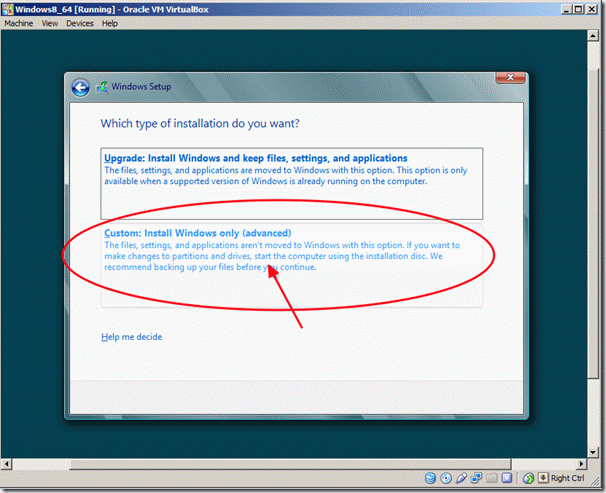
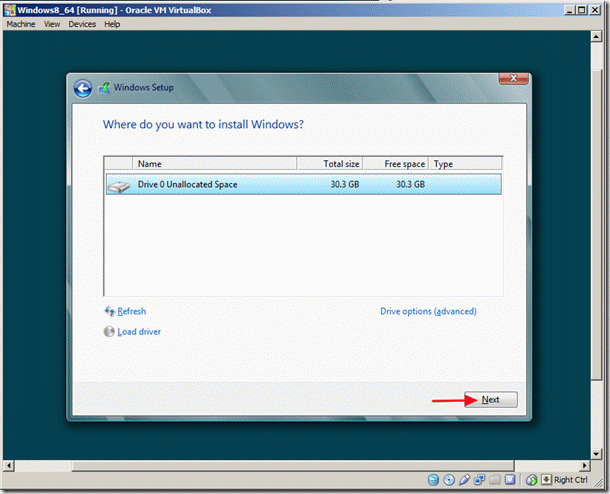

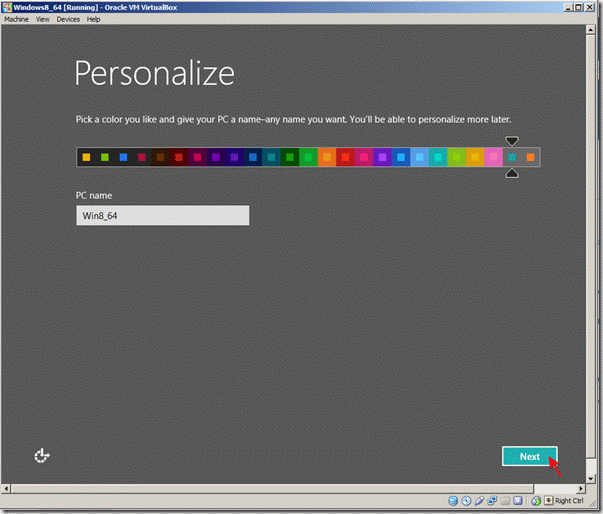
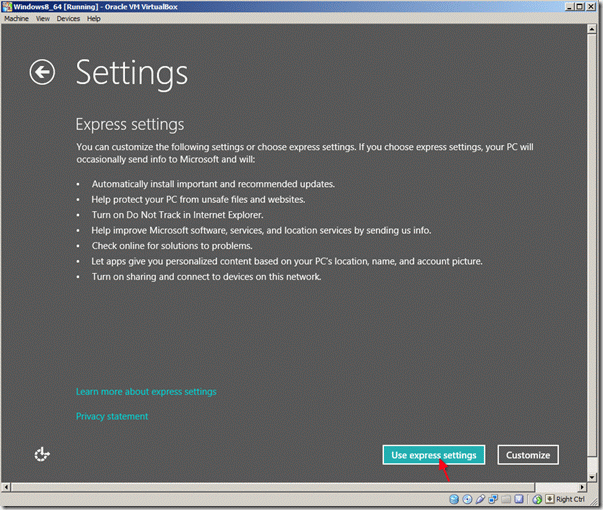
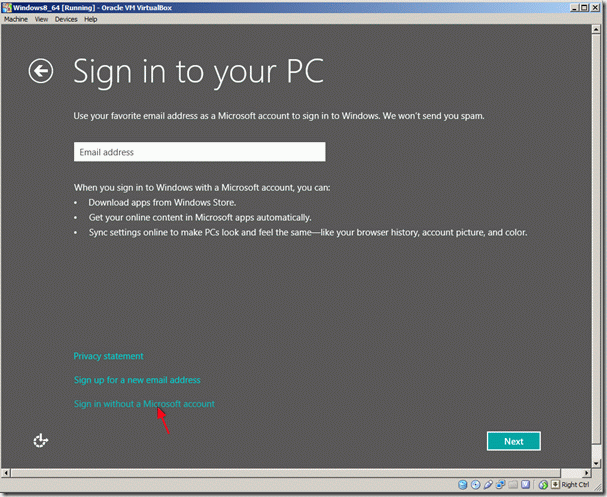
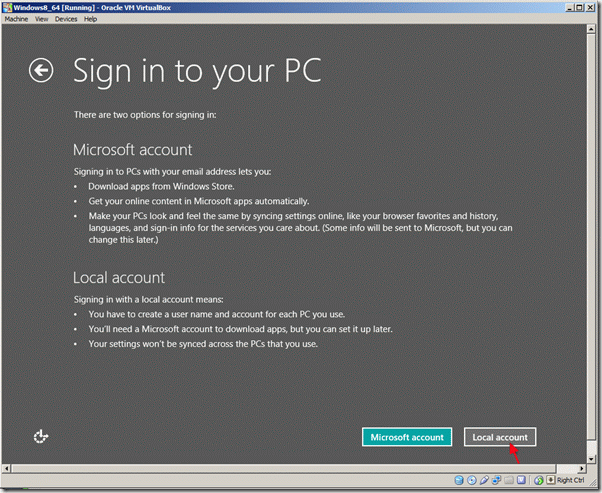

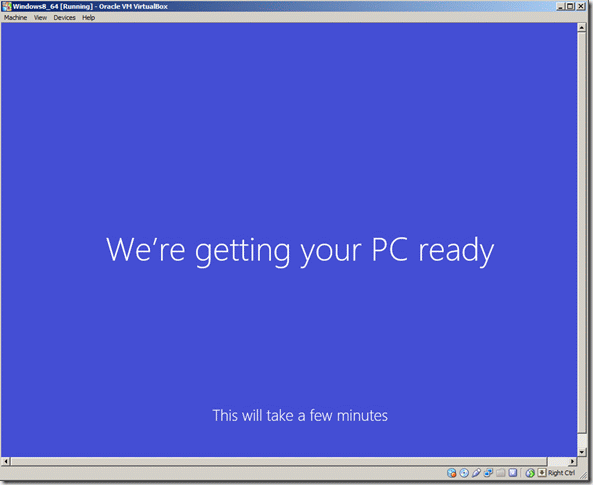
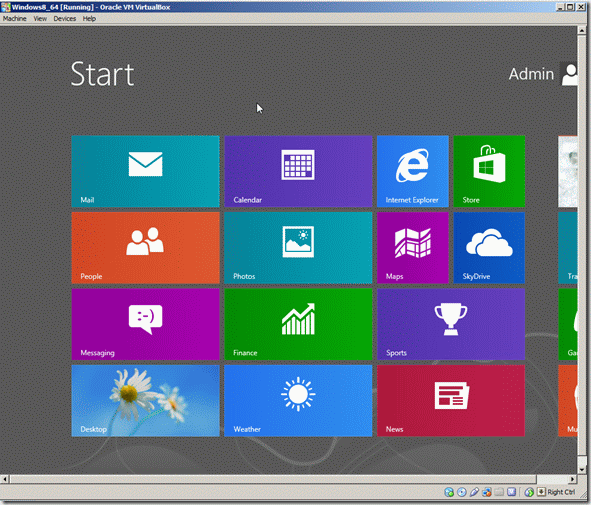
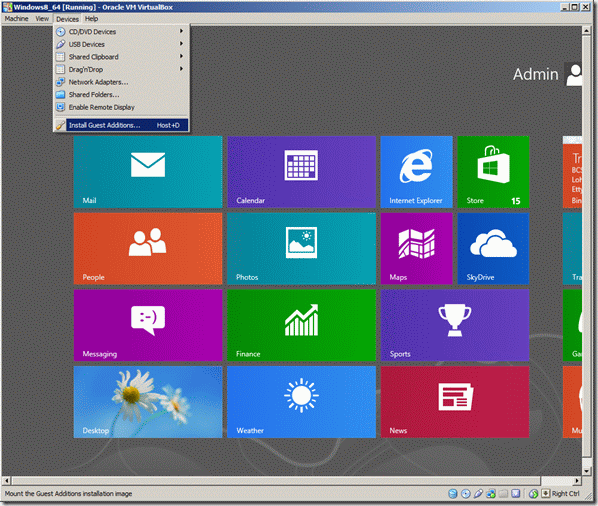
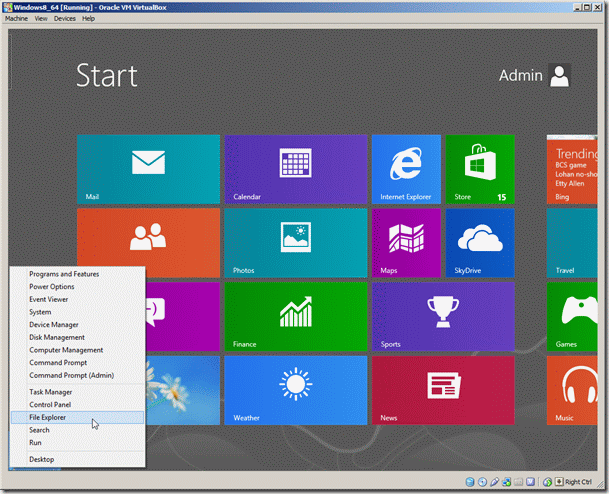
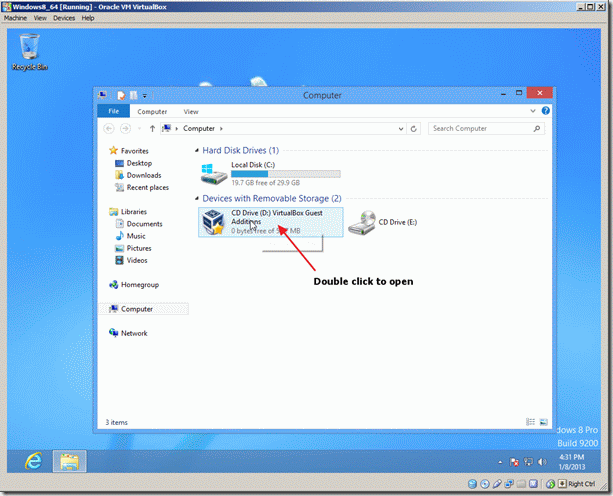
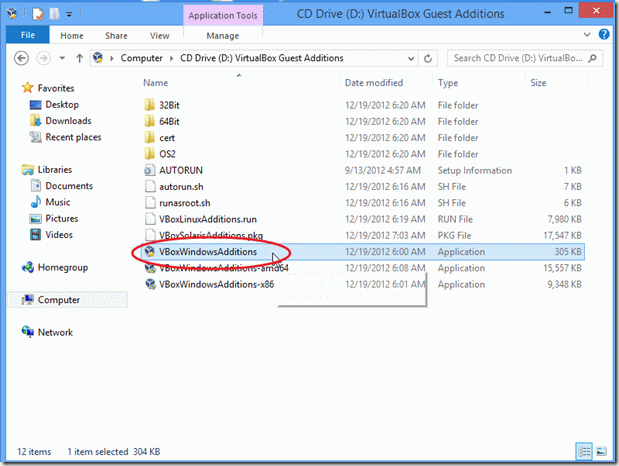
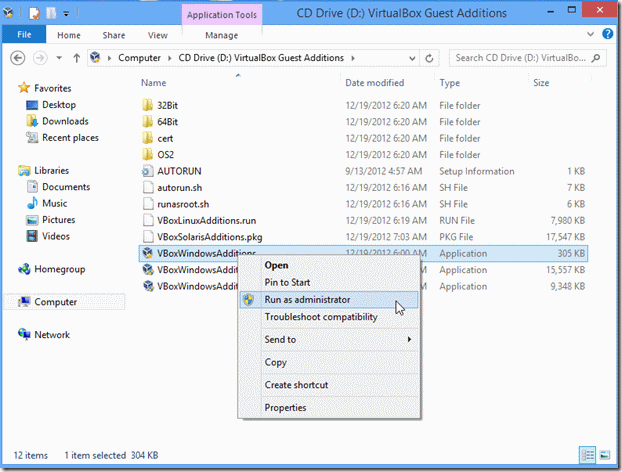
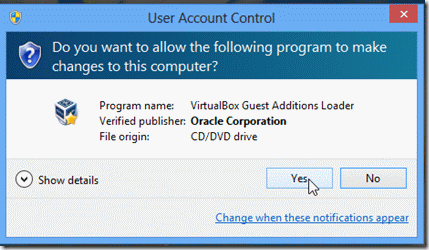
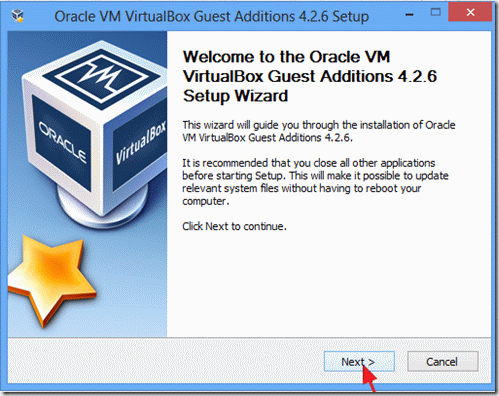
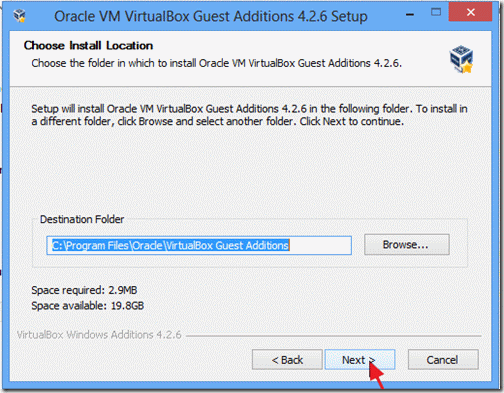
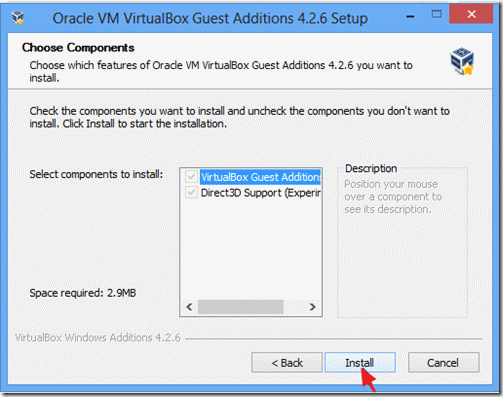
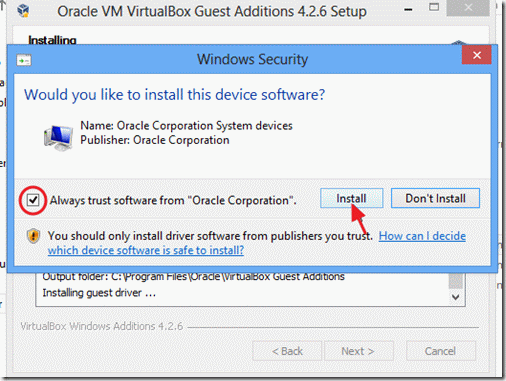
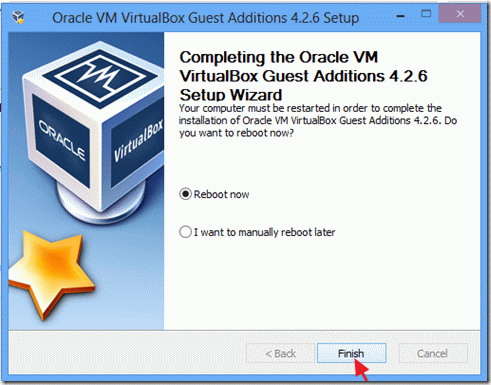

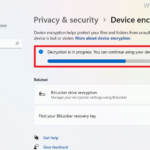
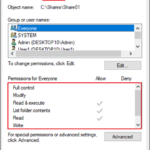
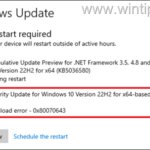
March 19, 2013 @ 5:38 am
should Install Guest Addition in safe mode, it is a lot more complicated then needs to be to get to safe mode. follow instruction at how to geek.
https://www.wintips.org/how-to-start-windows-in-safe-mode
after reboot I did go full screen (host + f), scale mode (host+c) full screen, both work as expected… seamless mode (host + l) while works, it does not work correctly, unable to access win 8 on screen features
Peace,